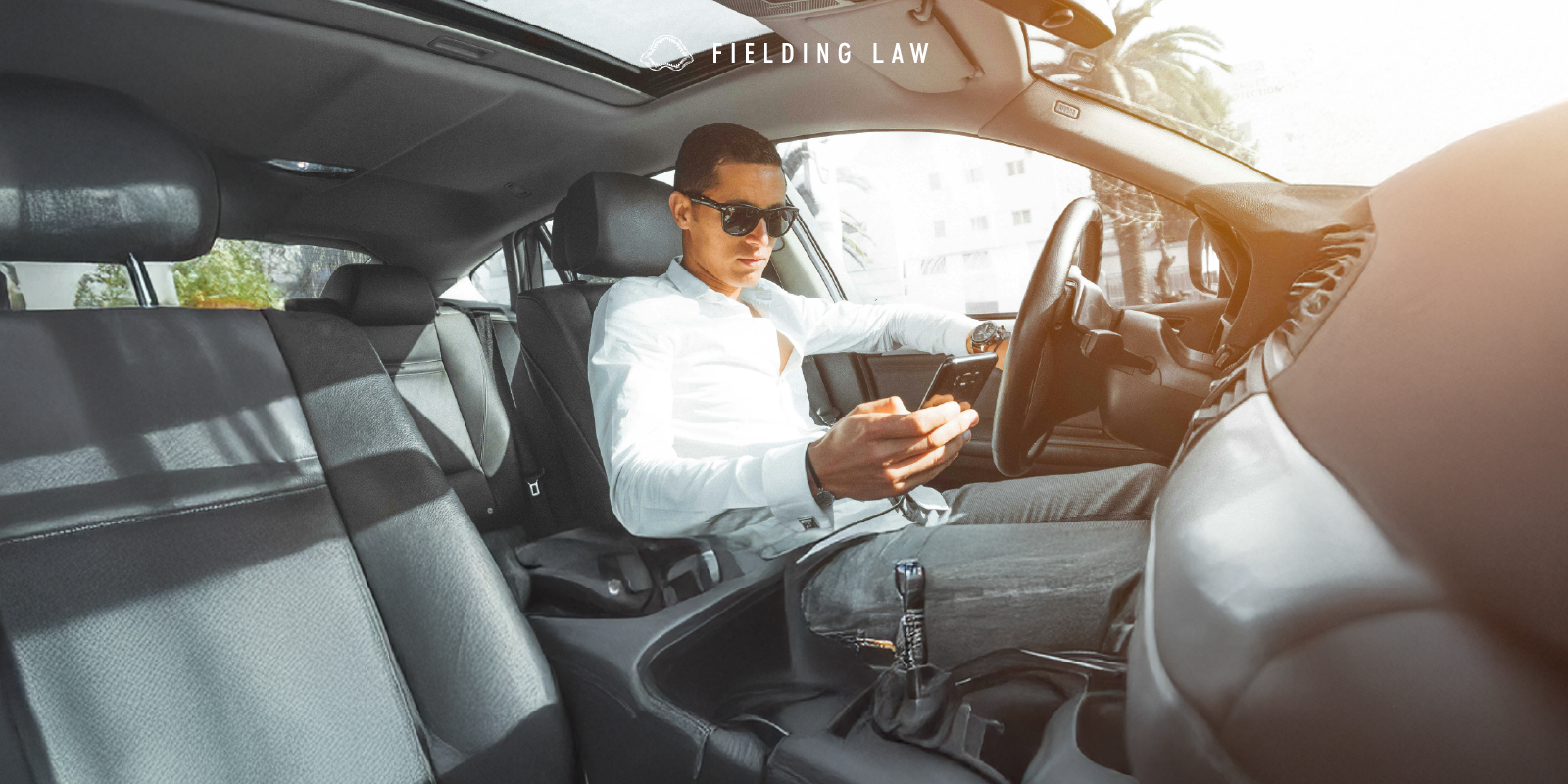Imagine driving down the highway when, in an instant, a car swerves into your lane. The driver was looking at their phone and never saw traffic slow ahead. This scenario happens often and is a leading cause of car accidents. Many drivers assume they can glance at a text message or take a quick bite of food without danger, but even a few seconds of inattention can be deadly. Drivers can make safer choices and help prevent accidents by learning how these types of distractions, visual, manual, and cognitively distracted driving, contribute to everyday accidents.
Visual Distractions
In five seconds at 55 mph, a driver travels over 300 feet without watching the road. That distance can mean the difference between stopping safely and causing a collision. Anything from missing traffic signals, pedestrians, or sudden stops can lead to serious accidents. Changing and adjusting habits can help you stay focused.
Here are some to start with:
- Setting up GPS directions before driving to avoid glancing at the screen.
- Use voice commands for calls, navigation, and music instead of scrolling.
- Wait until parked to check messages, adjust settings, or reach for items.
By making these changes, we can reduce distractions and create safer roads.
Manual Distractions
Many drivers have reached for a snack, adjusted the air conditioning, sipped coffee, or fixed their makeup while driving. These actions seem harmless, but as soon as your hands are off the wheel, your attention will do the same on the road. If a drink spills or a driver drops something, their instincts may be to react immediately, leading to a dangerous loss of control. In an emergency, even a split-second delay can cause a crash. Keeping your hands on the wheel and waiting until you park can help prevent dangerous collisions.
Cognitive Distraction
Have you ever arrived at a destination and realized you barely remembered the drive? That is a cognitive distraction. It is easy to overlook because they are not always visible, but a distracted mind is just as dangerous as distracted hands or eyes. Stress, exhaustion, and deep conversations make it harder to react quickly. Even hands-free phone calls can increase crash risks because the brain’s attention is divided. Make it a goal to stay distraction–free. A fully engaged driver is a safe driver.
Staying Focused to Prevent Accidents
A single moment of distraction can change lives forever. Avoiding these types of distractions can prevent accidents, protect lives, and make the roads safer. Simple steps, such as setting up GPS direction before driving, putting phones on “Do Not Disturb,” and waiting to park to adjust settings, can make a big difference.
However, when negligent drivers fail to follow those steps and pay attention, innocent people suffer the consequences. At Fielding Law, we are committed to fighting for you. Call 833.88.SHARK for a free consultation. We are here to help you take the next step toward recovery.
Note: Information provided is for educational purposes and does not constitute legal advice. Always consult with a qualified attorney for legal concerns.





